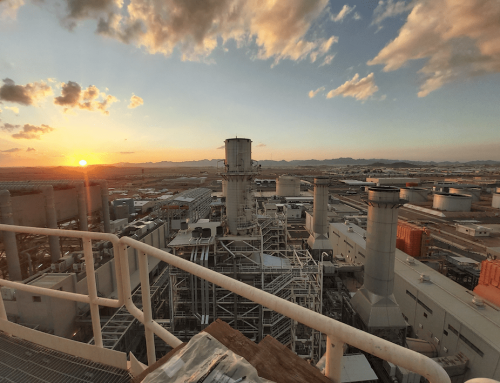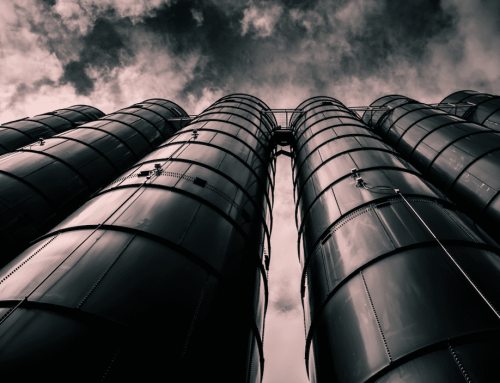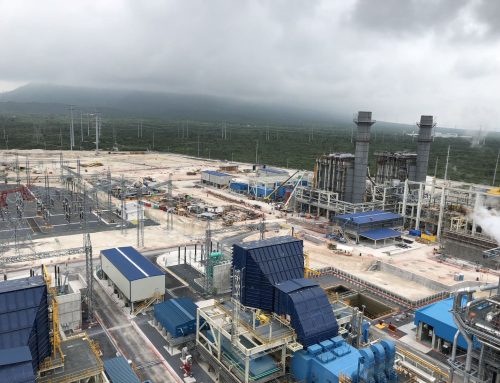Combined Cycle Power Plant owners and operators understand that, on any given day, the performance of their power plant will vary with ambient conditions surrounding the plant. It is especially useful to understand, for a given set of ambient conditions, how much of a performance variation can be expected. This gives us insight on how much power we could be expecting to deliver to the grid on any given day, and on the cost of production for that day.
To even start trying to predict the change in performance of a power plant under any set of ambient conditions, we must first understand how and why the performance of the power plant is affected by each of these ambient parameters. That will be the primary focus of this series of articles, we will attempt to gain an intuitive understanding of why and how ambient conditions fluctuations influence performance. We will learn why some conditions affect performance a lot while others less.
We will focus on the two main primary power plant performance indicators : net power output (how much energy can we deliver to the grid?), and net efficiency (how much does this energy cost us to produce?). Also, we will develop some formulations that we can use to start predicting the performance fluctuations of a power plant at different atmospheric conditions.
In our attempt to understand these effects, we will use common thermodynamic formulations, and as our analysis becomes more complex, we will rely on some sophisticated computer simulations to try and better understand these behaviors.
We first start by looking at what is the main driver in the Combined Cycle Power Plant: the gas turbine. We will spend some time explaining the effects of atmospheric conditions on gas turbines since these effects are a major influence in the performance of Combined Cycles. We will then explore how these performance variations cascade into the bottoming cycle and the domino effects they have there. We will then take a detour into the performance of the different types of steam turbine condensers, and finally, we will put all this together into an overall power plant performance analysis. Each part attempting to build on top of the foundations of the previous.
Part 1: The gas turbine, the ideal Brayton Cycle:
We begin by looking at the prime mover of any Combined Cycle: the gas turbine. A GT is a constant volume heat engine that works under the principle of the Brayton Thermodynamic Cycle. This thermal cycle in its ideal form consists of four thermodynamic processes described together as the Brayton Cycle:




